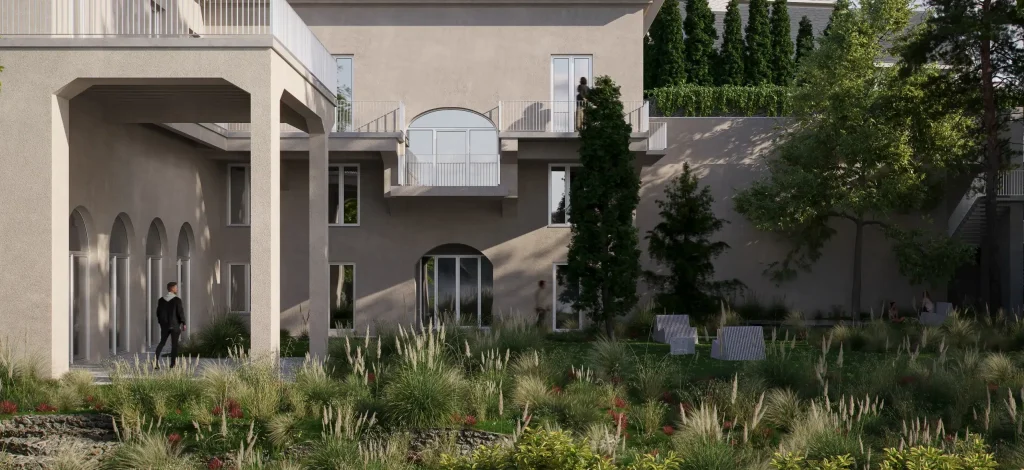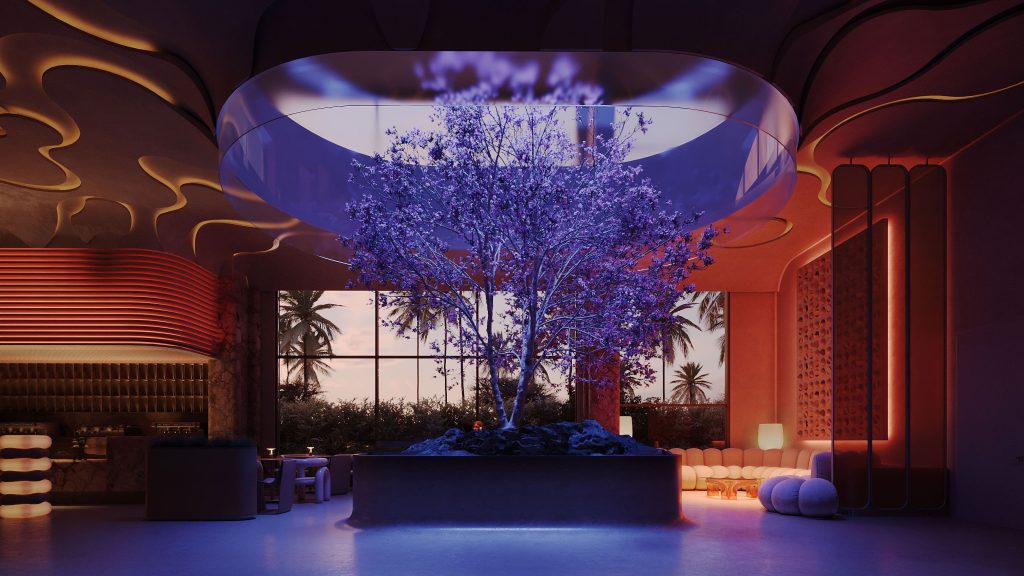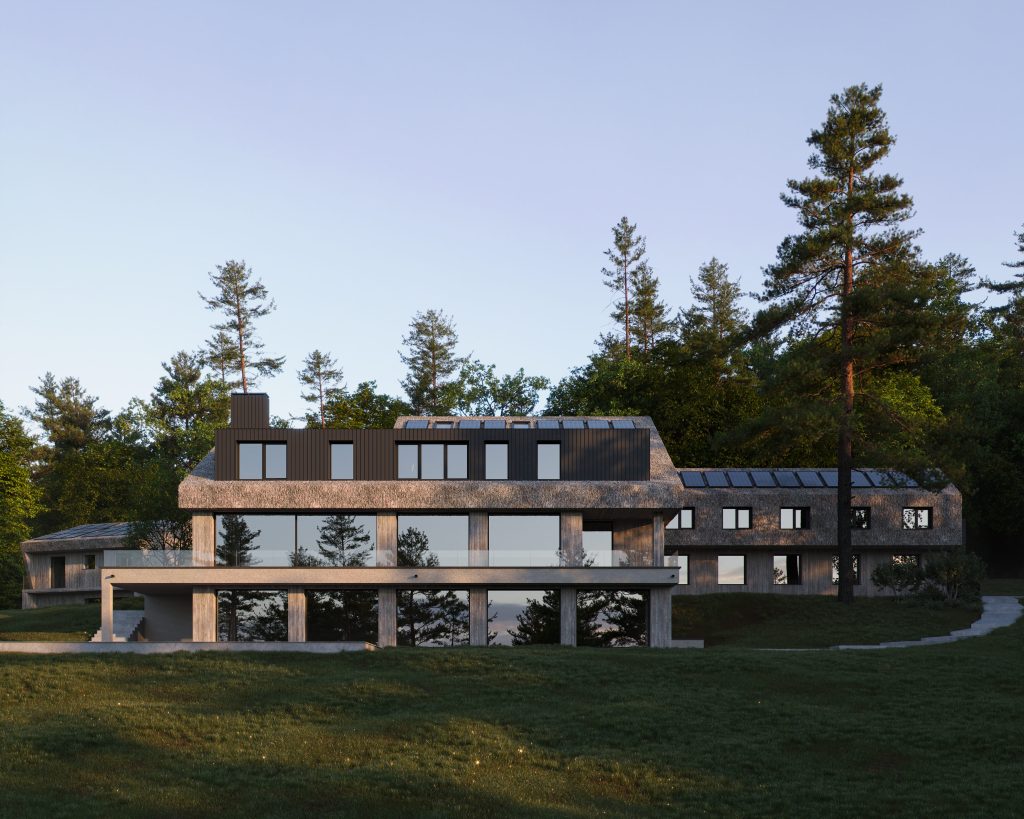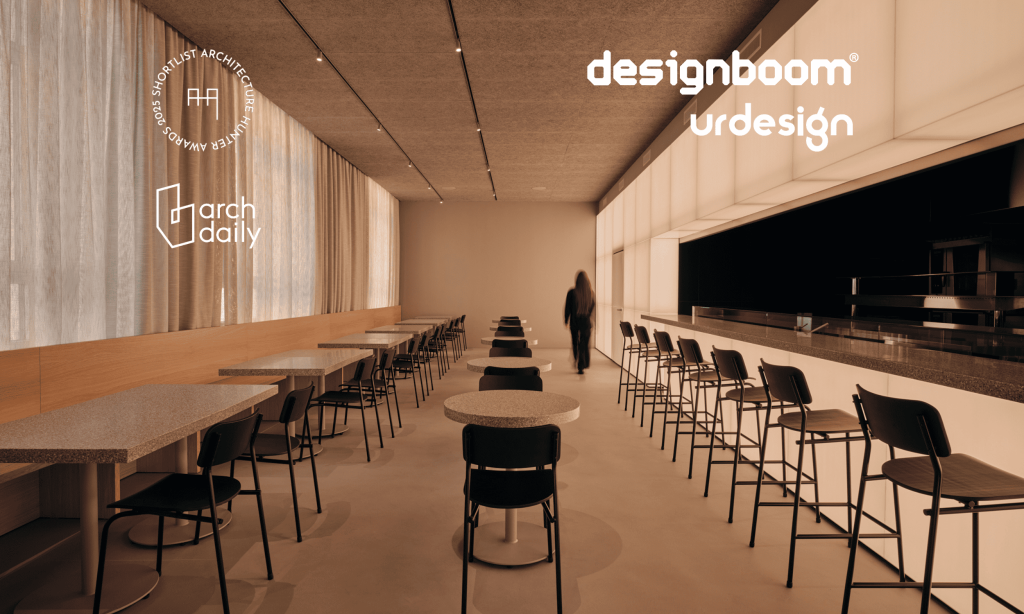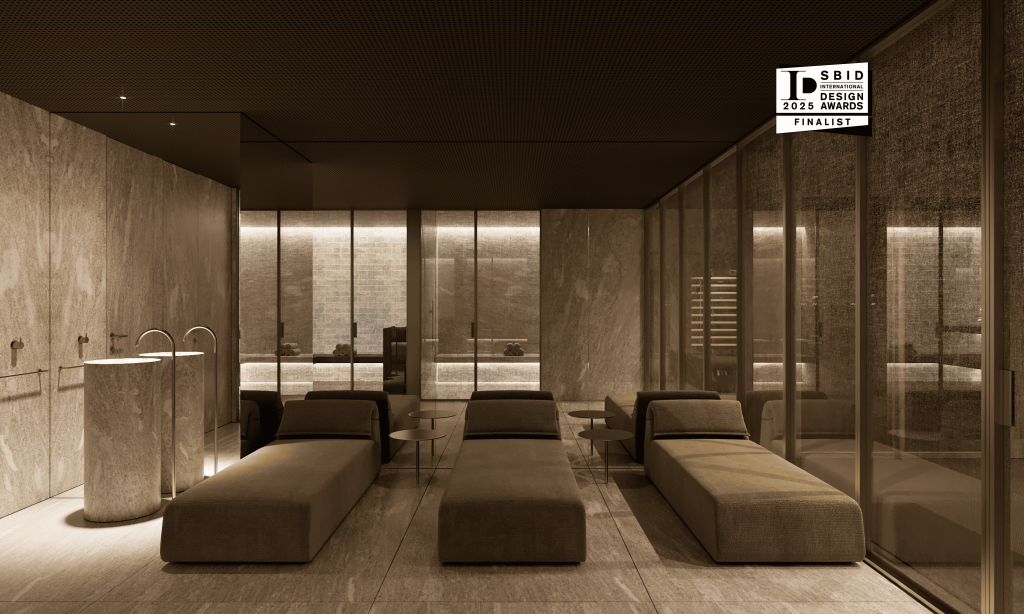How to Design a Home That Helps You Unplug and Recharge
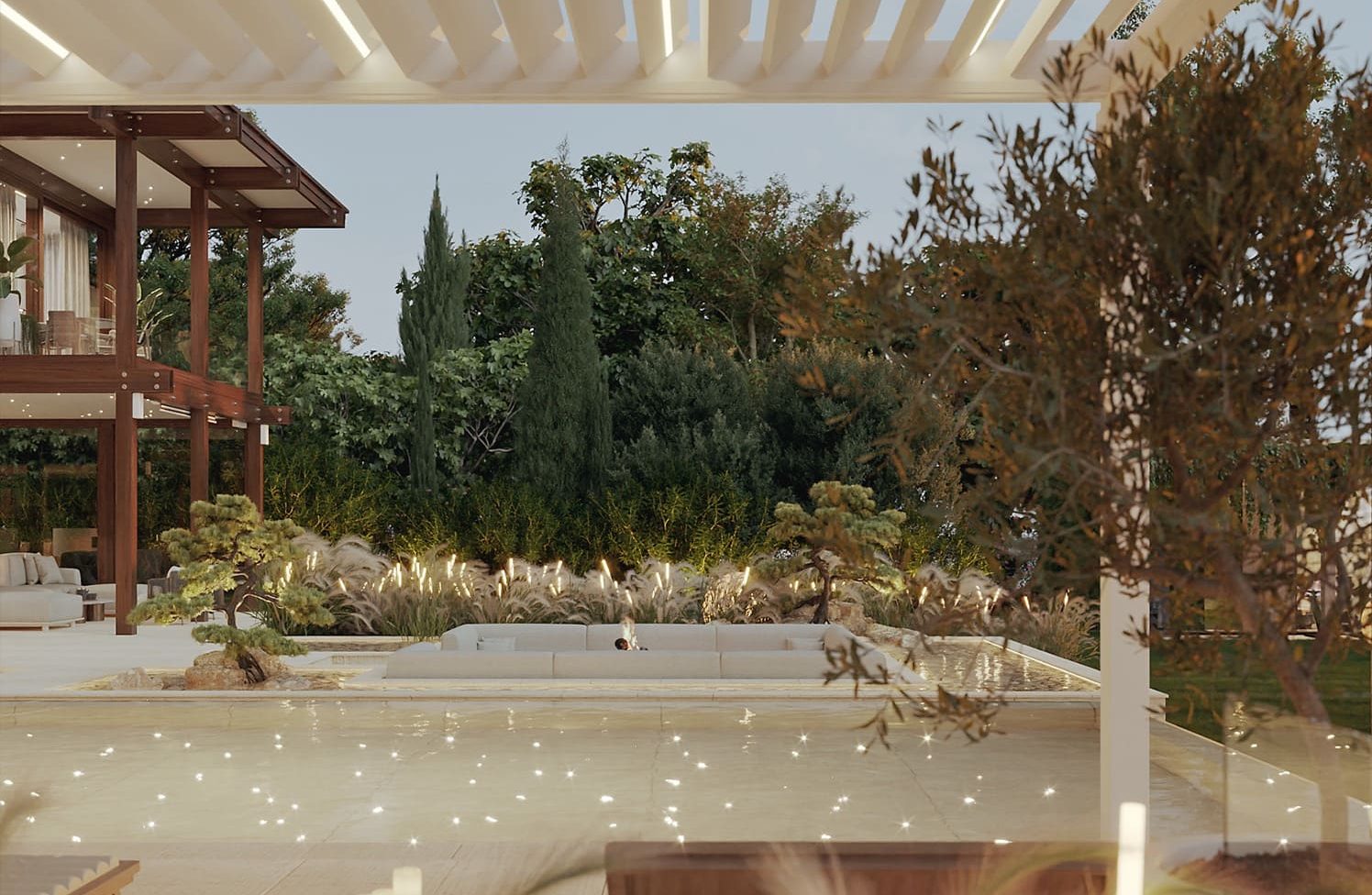
The Era of Sensory Overload
In the age of constant connectivity, our lives are filled with notifications, screens, and noise. While digital tools offer convenience and access, they also create an overwhelming mental landscape. The result? Mental fatigue, reduced focus, and a deep craving for stillness.
At this intersection of overload and overdesign, interior design becomes more than visual harmony — it becomes a tool for emotional regulation. Today, the most valuable spaces aren’t just beautiful — they’re quiet and intentional. This article explores how architects and designers can craft calming environments that support digital detox, encourage mindful living, and help us reconnect with what matters.
What Is a Digital Detox Space?
A digital detox space is an environment deliberately designed to reduce or eliminate screen time and digital interruptions. But this is not just about hiding smartphones — it’s about curating an atmosphere that restores balance to the senses.
Rather than perpetual distraction, these interiors promote:
- Visual stillness
- Tactile warmth
- Emotional calm
- Present-moment awareness
Instead of multitasking, the space invites slow presence. Instead of glowing blue light, it offers warm natural tones. Instead of a flat screen, it gives you texture, silence, and space to breathe.
For designers, this requires a new kind of spatial thinking — one that prioritizes well-being, sensory balance, and emotional clarity over spectacle.
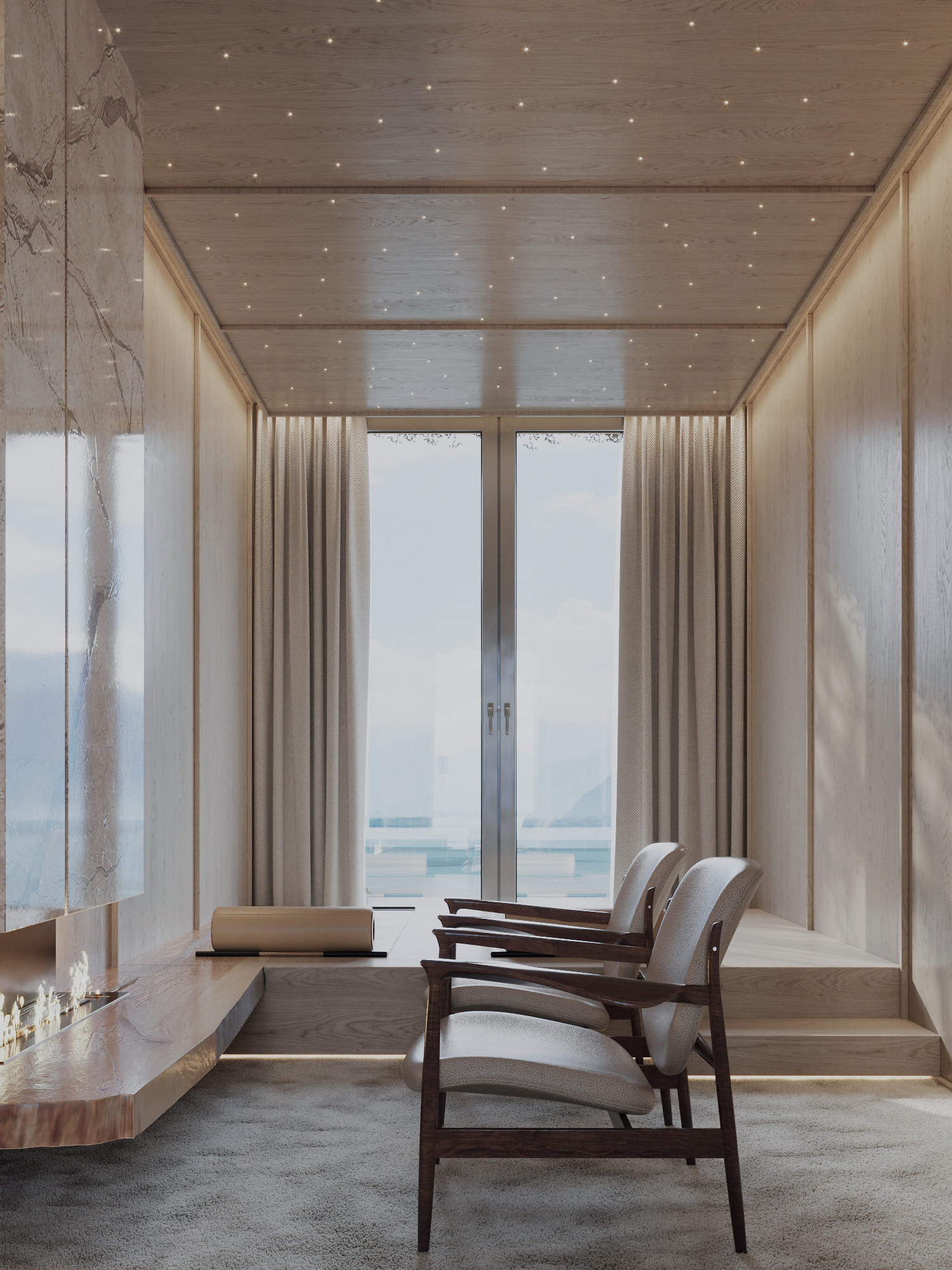
The Psychology of Silence and Stillness
Before diving into design, it’s essential to understand why people seek these spaces. In neurological terms, our brains are not wired to absorb constant stimulation. Too much input — visual, auditory, or emotional — leads to cognitive overload.
Research shows that restorative environments can:
- Lower cortisol levels
- Improve memory
- Enhance creativity
- Support emotional self-regulation
Stillness is not emptiness — it is regenerative space. A room that supports slowness, quiet, and natural flow can become a healing counterpoint to daily chaos.
Design Principles for Digital Detox Spaces
1. Lighting as Atmosphere
Lighting design is one of the most powerful tools in creating a detox-friendly space. Harsh overhead lighting or blue light from screens activates alertness — not rest.
Instead, opt for:
- Warm white or amber lighting
- Dimmable light sources
- Layered lighting schemes: ambient + task + accent
- Indirect light placement to soften edges
- Natural daylight integration wherever possible
Biophilic lighting, which mimics the gradual shifts of sunlight throughout the day, supports circadian rhythms and improves emotional regulation.
2. Natural Materials and Textures
In a world dominated by glass and plastic, tactile authenticity matters. Incorporating natural materials into interiors creates a sensory anchor and reduces environmental stress.
Materials that promote calm include:
- Wood (especially untreated or oiled)
- Linen and wool textiles
- Clay, stone, and ceramic finishes
- Textured natural wall coverings
These materials have organic textures that soften the visual field and provide tactile variation, helping ground the user in their physical environment.

3. Acoustic Comfort and Sound Design
Often overlooked, acoustic comfort is central to psychological calm. Echoing spaces and sharp sounds can contribute to restlessness and tension.
Design strategies for better sound include:
- Soft furnishings (curtains, rugs, upholstered pieces)
- Acoustic panels disguised as decorative elements
- Natural sound barriers like indoor plants
- Use of sound-absorbing wall and ceiling materials
In high-traffic spaces, even subtle acoustic insulation can transform a room from overwhelming to serene.
4. Design Solutions for Screen-Free Zones
Incorporating design elements that conceal or integrate screens helps maintain calm, screen-free areaswithout losing functionality. These can include:
- Decorative panels
- Sliding or folding partitions
- Artwork or framed prints that double as screen covers
- Custom cabinetry or built-in units designed to hide devices
Such solutions add texture, color, and personality to the space while promoting seamless spatial flow. They create flexible zones where screens can be hidden when not in use, supporting a natural, organic movement through the room.
Avoid rigid, boxy designs in favor of layered, textured elements that blend with the overall aesthetic and encourage intuitive circulation.
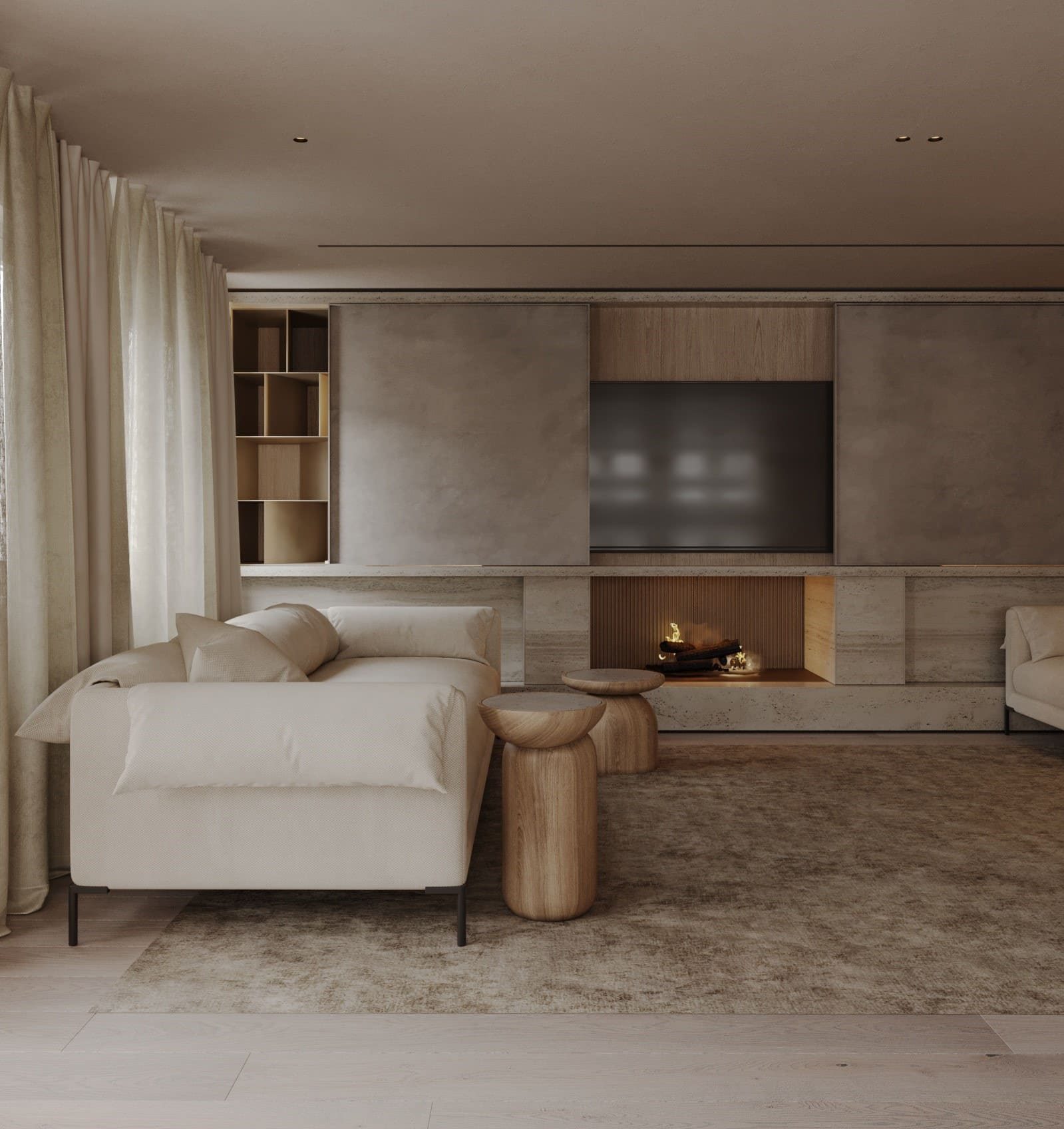
5. Furniture that Invites Pause
Furniture design is more than aesthetics — it affects posture, breathing, and mood. For digital detox interiors, choose pieces that support rest, presence, and softness.
What to consider:
- Rounded forms and tactile finishes
- Low-profile seating for groundedness
- Generous armchairs for reading or meditation
- Multi-functional furniture with hidden storage
- Avoid overstuffed or hyper-ergonomic pieces meant for productivity
Let the body slow down. Let the furniture invite you to sit longer, breathe deeper, disconnect fully.
6. Color Psychology and Emotional Temperature
Color is not decoration — it’s emotional architecture.
To support mental clarity, choose:
- Neutral color palettes (beige, sand, stone, sage)
- Earth tones with low saturation
- Layered tonal gradients for subtle depth
- Very limited use of high-contrast or primary colors
These hues reflect natural environments and reduce visual tension. Avoid stark whites or extreme blacks — they create too much cognitive contrast.
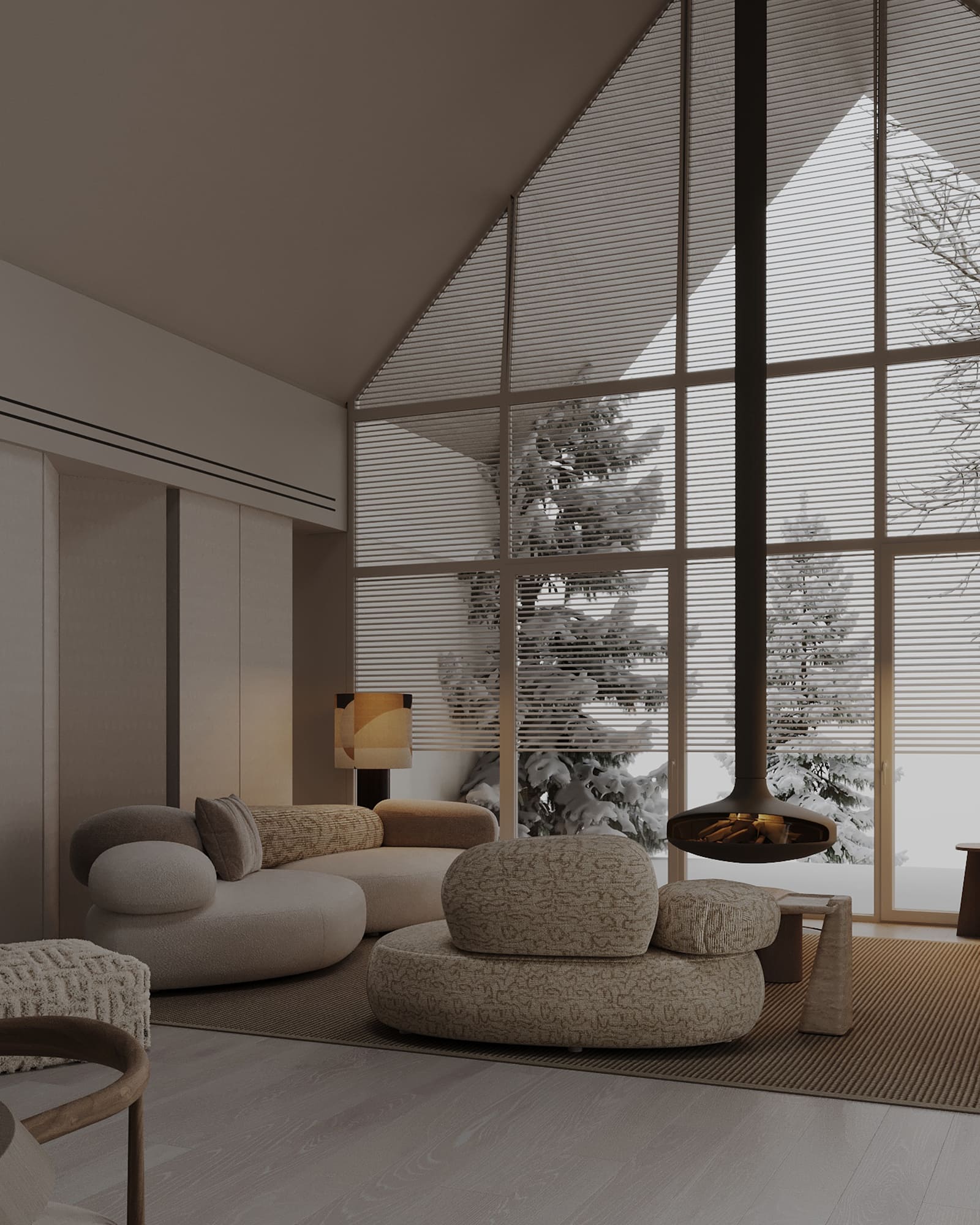
7. Integrating Ritual and Intentionality
Creating spaces that encourage disconnection means designing with purpose and intention. Thoughtful interior design can shape how people use a room by fostering meaningful habits and rituals. This intentionality helps transform everyday actions into moments of calm and presence.
Examples:
- A tea table in a soft-lit corner
- A meditation cushion facing a natural light source
- A bookshelf with tactile paper books, not just decorative objects
Design becomes not just functional, but purposeful — shaping how we relate to time, to stillness, and to ourselves.
Conclusion: Designing for Emotional Clarity
As technology grows louder, our environments must become quieter. Interior architecture is no longer just about style — it’s about mental health, sensory alignment, and emotional presence.
By designing spaces that support digital detox, architects and designers become part of a larger cultural shift — one that values stillness over speed, subtlety over saturation, and depth over distraction.
We don’t need more information. We need more silence. And in that silence, design can speak — softly, clearly, and with lasting calm.
